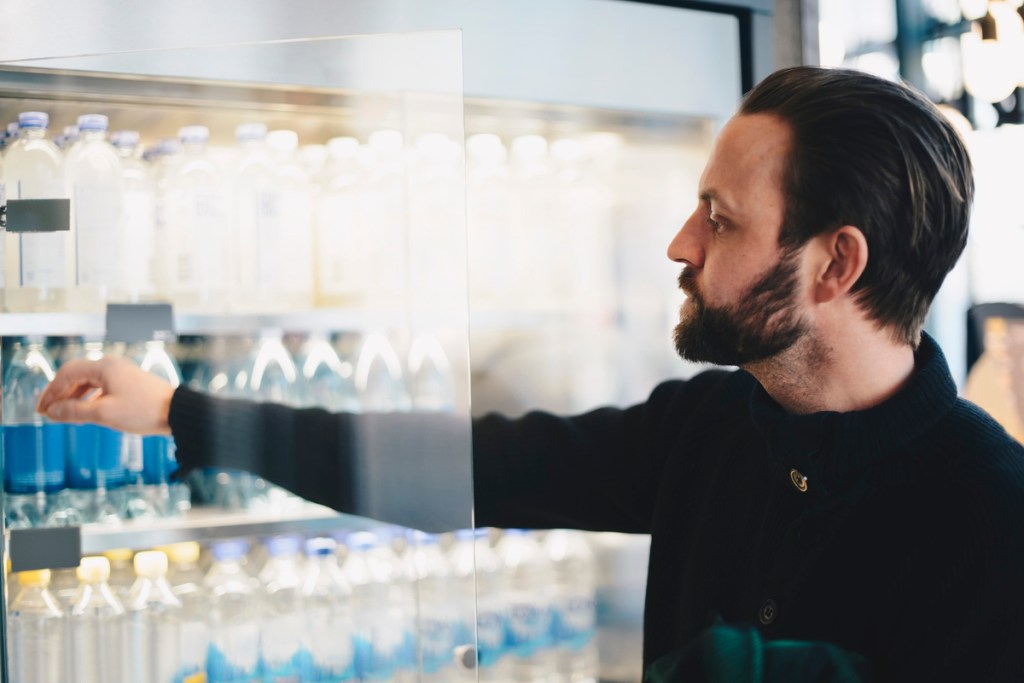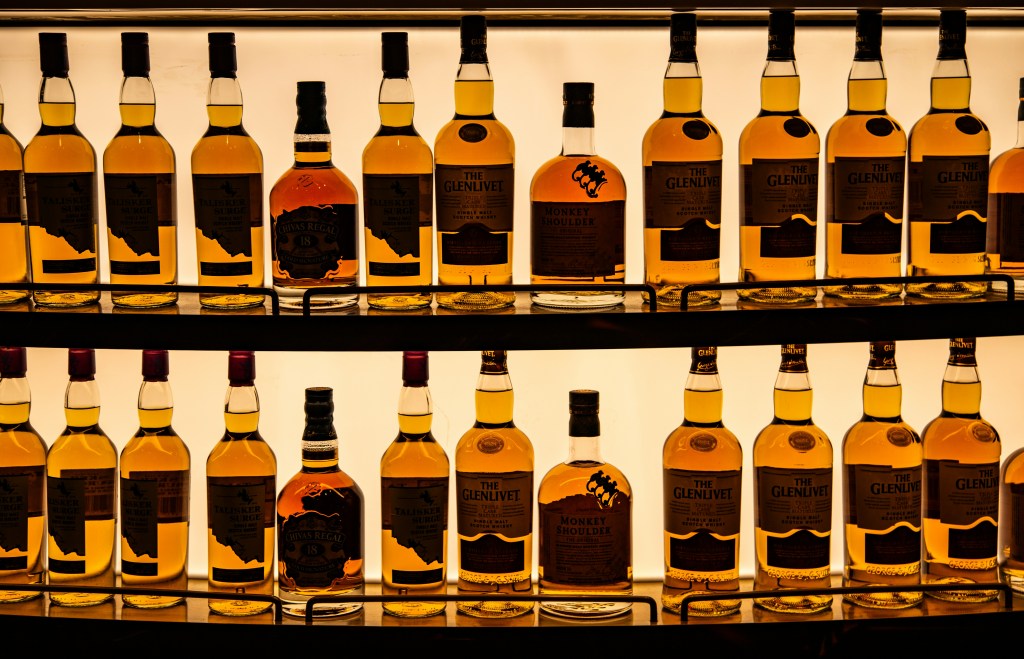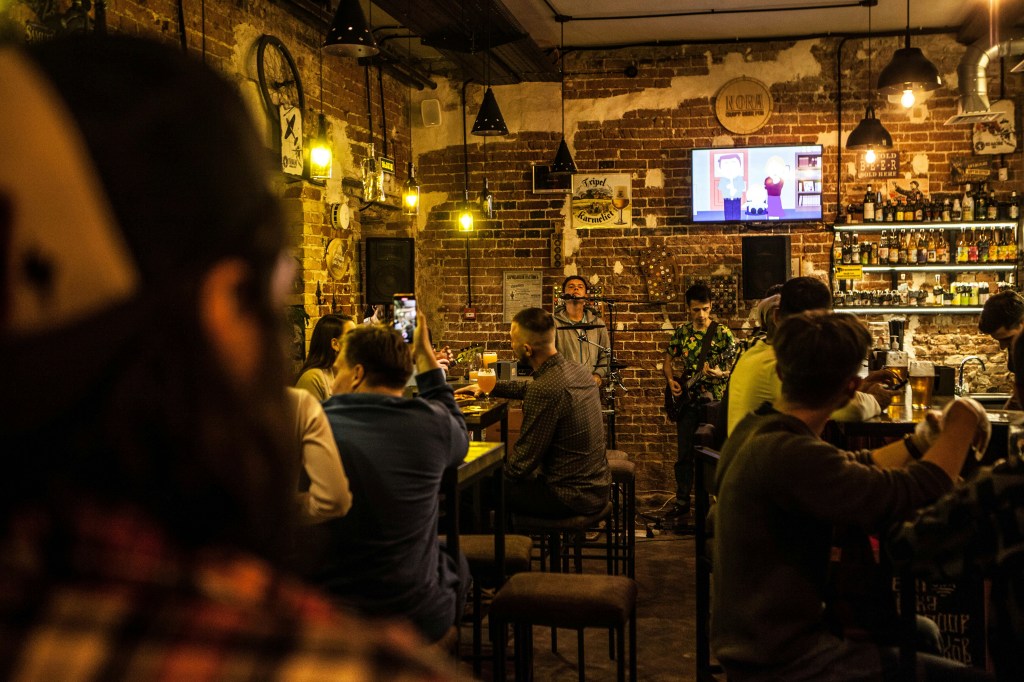Was dry January 2022 a buzz or bust?
This movement reflects a strong cultural shift in how consumers are re-evaluating their relationship with alcohol and how it aligns with other aspects of their lives and lifestyles. In 2021, an NielsenIQ omnibus survey showed that 22% of consumers reported that they were cutting back on consuming alcohol and drinking less. When asked why they were drinking less, the top consumer responses noted health and wellness, lack of opportunity and shifting interest as core reasons.
Did this year’s Dry January live up to the hype? In the first two weeks of January, among the off-premise outlets in the U.S. that are tracked by NielsenIQ, no- and low-alcohol sales totaled $106 million; with non-alcohol sales at $13.6 million and low-alcohol products at $92.8 million. Non-alcohol products are seeing a 19% increase in dollar sales, whereas total alcohol sales are down 6.7%. Within this new year, non-alcohol products are already showing heightened share with 0.5% share of total alcohol sales, compared to 0.4% during the same time last year. It should be noted that historically, sales for both the total alcohol and non-alcoholic categories typically decline in January.
Interestingly, consumers who are purchasing no- and low-alcohol beverages are also populating their carts with alcoholic beverages as well. In fact, NielsenIQ survey data from October 2021 shows that 78% of non-alcoholic beer, wine, spirits buyers are purchasing alcoholic beer, wine, or spirits too. What this shows is that there doesn’t seem to be a full switch out, and moderation may be the key mindset. Rather than cutting out alcohol entirely, consumers are exploring elements of a booze-free lifestyle without fully abstaining.
Moments beyond dry January
Notably, it’s not just Dry January initiatives sparking sales of no- and low-alcohol beverages: over the last few years, new health-conscious or ‘sober-curious’ consumers have helped spur the impressive growth of the category year-round. NielsenIQ sales data shows that in 2021, within the U.S. off-premise market, consumers spent a total of $3.3 billion on no- and low-alcohol products.
It’s interesting to note that growth in the non-alcoholic spirits space outpaced the non-alcoholic beer, wine, and malt beverages segment. Year-over-year the non-alcoholic spirits category ballooned 113.4%; on delivery app Drizly, category sales were even higher — where they spiked 290% in 2021.
Rising interest in health and wellness will shape long-term market movements and is likely to drive the continuous growth of the low- and non-alcoholic beverage sector. Shorter-term commitments like Dry January, and more recent addition Sober October, presents valuable strategic marketing opportunities for brands. Consumers are being more intentional and predictable about when they drink alcohol and when they choose to abstain.
Wellness driven innovation
Wellness warriors – consumers who are prioritizing their wellness and well-being – are shifting the landscape. As seen with the rise of plant-based meats, the rise of no- and low- alcohol beverages may be taking a similar trajectory.
Beverage marketers in this space should consider taking a page out of the plant-based meat playbook, which saw success by leaning into socially native formats and boundary-pushing campaigns.
Getting innovation right
Buzz-less beverages will be one of the biggest trends of 2022. While non-alcohol products represent a small portion of BevAl sales today, it is a focus area among manufacturers striving to figure out how to successfully play in this space. As more brands innovate to enter this niche, companies should be mindful of competitive differentiation. At the heart of consumer demand within the buzz-less beverage market is the task for a brand to deliver on taste, quality, and experience.
Within the industry, innovation testing is currently seeing a significant spike. NielsenIQ BASES has seen 15x the number of non-alcohol launches tested in 2021 compared to 2020. As consumers explore the boundaries of buzz-less beverages, there are opportunities that expand beyond the traditional beverage alcohol category. In 2022, keep an eye on innovative moves within sparkling water, coffee, energy drinks and functional beverages, which will likely catch the eyes of health-minded consumers with a thirst to try something new. As trends in this space evolve, the opportunities are there for the taking. Manufacturers need to act with both urgency and accuracy to create products that truly meet the evolving needs of today’s sober-curious consumers.




